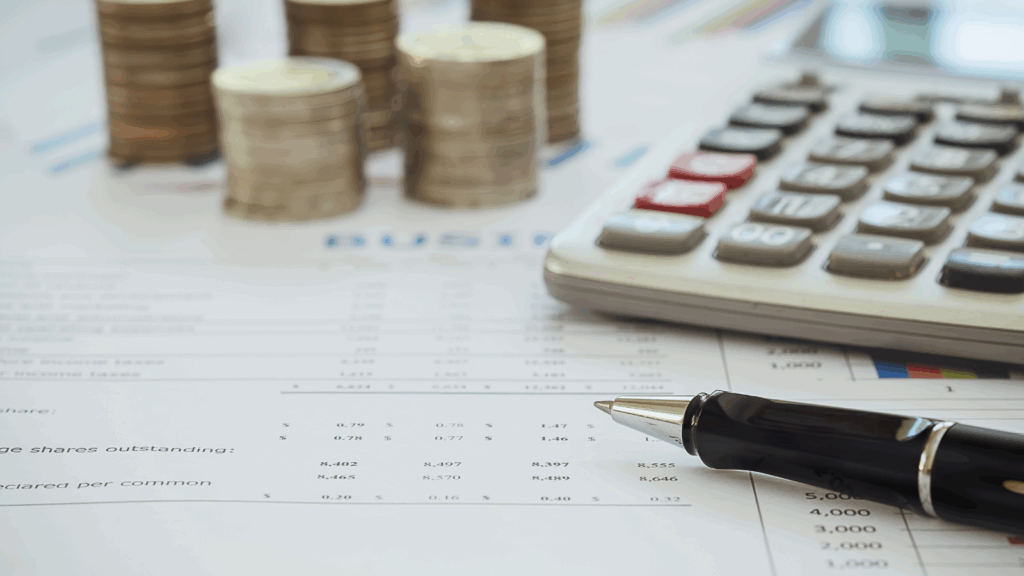Economic downturns represent periods when the growth of the economy slows or contracts, affecting multiple sectors and the daily lives of millions. In the United States, an economic downturn is often characterized by a decrease in Gross Domestic Product (GDP), higher unemployment rates, reduced consumer spending, and uncertainty in financial markets. While recessions are the most severe form of downturns, even milder slowdowns can have significant consequences for businesses, workers, and households.
The U.S. economy is cyclical by nature, experiencing expansions and contractions over time. These downturns can be triggered by a variety of factors, sometimes occurring simultaneously and compounding their effects. Understanding the underlying causes and consequences of these economic shifts is essential not only for policymakers but also for businesses and consumers seeking to navigate uncertain times.
Causes and Drivers of Economic Downturns
Economic downturns in the U.S. are rarely caused by a single event. Instead, they result from a combination of domestic and global factors that disrupt normal economic activity. One of the most common triggers is a financial crisis, such as the 2008 Great Recession, when the collapse of key financial institutions led to credit freezes, plummeting asset values, and widespread panic. When businesses and consumers lose access to credit or become uncertain about their financial future, spending and investment quickly decline.
Inflation and monetary policy also play crucial roles. When inflation rises rapidly, the Federal Reserve often raises interest rates to cool the economy and prevent runaway price increases. However, higher borrowing costs can slow business expansions and consumer purchases, especially on big-ticket items like homes and cars, sometimes pushing the economy into contraction. Recent years have seen this dynamic, with rate hikes aimed at taming inflation after the pandemic-era stimulus.
Supply chain disruptions have become a more prominent factor, especially after the COVID-19 pandemic exposed vulnerabilities in global manufacturing and logistics networks. Delays and shortages in raw materials and finished goods increase costs for businesses and reduce product availability, which slows economic momentum. Geopolitical tensions, such as trade disputes or conflicts, can further exacerbate these issues.
Finally, consumer behavior is a powerful economic force. Since consumer spending accounts for nearly 70% of U.S. GDP, any drop in consumer confidence or income tends to have an outsized impact. Job losses or wage stagnation reduce disposable income, causing consumers to tighten their budgets. When millions of Americans shift to more cautious spending habits, businesses across industries feel the impact, from retail to hospitality to manufacturing.

Impact on Businesses, Workers, and Households
The effects of an economic downturn are deeply felt across the U.S. economy. For businesses, reduced demand means falling revenues and squeezed profit margins. Many companies respond by cutting back on hiring or laying off workers, delaying investments in new projects, and seeking ways to reduce costs. Small and medium-sized enterprises (SMEs) are often particularly vulnerable due to limited cash reserves and less access to credit.
The labor market is usually one of the first and most visible areas impacted. Rising unemployment not only hurts individuals and families financially but also reduces overall consumer spending, creating a negative feedback loop that can prolong the downturn. Job losses disproportionately affect lower-wage and less-skilled workers, worsening income inequality and social challenges.
For American households, downturns bring financial uncertainty. Inflation can make essential goods and services more expensive just as income growth slows or reverses. Many families reduce discretionary spending, delay major purchases, and increase savings as a safety measure. This cautious behavior, while prudent for individual financial health, slows economic recovery since consumer demand drives so much of the economy.
Government and Federal Reserve Response
In the face of an economic downturn, both the U.S. government and the Federal Reserve play critical roles in stabilizing the economy and fostering recovery. The Federal Reserve typically lowers interest rates to make borrowing cheaper, encouraging businesses to invest and consumers to spend. In more severe cases, it may engage in quantitative easing buying government bonds to inject liquidity directly into the financial system.
On the fiscal side, the federal government can enact stimulus measures designed to boost demand and provide relief. These include direct payments to citizens, expanded unemployment benefits, tax cuts, and increased spending on infrastructure or social programs. For example, the CARES Act in 2020 was a large-scale stimulus response to the COVID-19 downturn.
However, the timing and scale of these interventions are critical. Too little action risks a prolonged downturn, while too much can lead to inflationary pressures later. Policymakers must balance short-term relief with long-term economic stability, which is often a complex and politically charged challenge.
Economic downturns, while difficult, are an inherent part of the U.S. economic cycle. By understanding their causes, impacts, and potential responses, individuals, businesses, and policymakers can better prepare and adapt to these challenging periods. Resilience whether through strong financial planning, innovative business strategies, or effective policy measures remains key to emerging from downturns stronger and ready for future growth.
Luyanda is a digital marketing & SEO professional. She is a part of the Minority Business Review digital marketing team. She is a Boston Media House Graduate who obtained a Diploma in Media Practice majoring in Digital Marketing.


